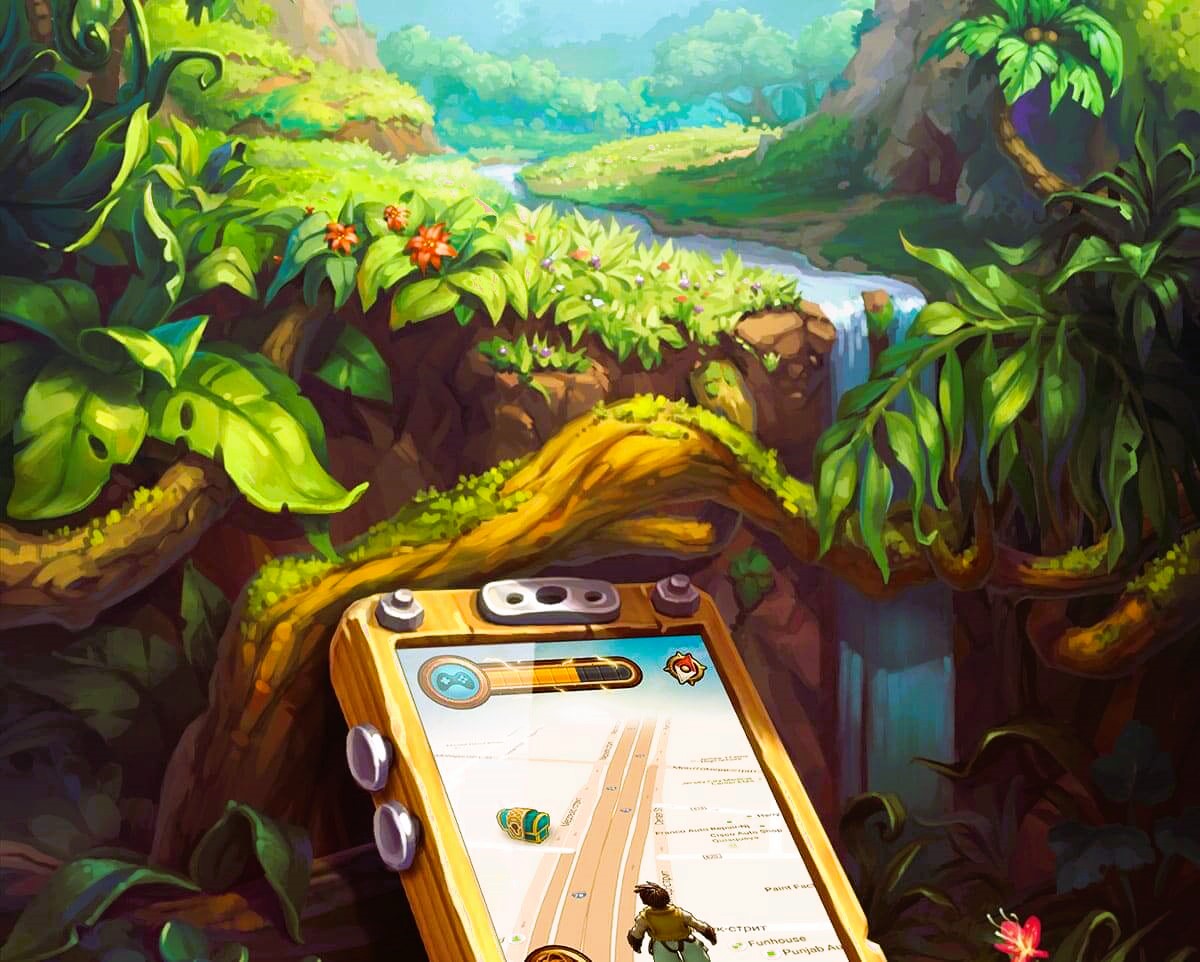Art style in games is more than just an aesthetic choice; it profoundly influences various aspects of game design, including the user interface (UI). The UI serves as the primary means through which players interact with a game, and its effectiveness can significantly impact the overall gaming experience. This article explores how different art styles affect game UI design and offers guidance on choosing the right approach to ensure a cohesive and engaging player experience.
1. Understanding Art Styles in Games
Art style encompasses the visual elements and techniques used to create the game’s graphics, including character design, environments, and UI elements. The choice of art style sets the tone for the game and impacts player perception and immersion. Read about modded Minecraft server hosting on Reddit.
Common Art Styles:
- Realistic: Focuses on lifelike visuals and accurate representations of the real world. Examples include The Last of Us and Red Dead Redemption 2.
- Cartoonish: Emphasizes exaggerated and whimsical designs, often with bright colors and playful shapes. Games like Overwatch and Fortnite exemplify this style.
- Pixel Art: Utilizes small, blocky pixels to create retro-inspired visuals. Classic examples include Stardew Valley and Undertale.
- Minimalist: Features simple, clean designs with limited color palettes and straightforward shapes. Games such as Journey and Celeste showcase minimalist art styles.
2. The Role of Art Style in Game UI Design

The art style of a game has a direct impact on UI design. The UI must harmonize with the overall visual theme to ensure that it feels integrated and natural within the game world. Here’s how different art styles influence UI design:
Realistic Art Style:
- UI Integration: In games with realistic art styles, UI elements should blend seamlessly with the environment. This often involves using textures and designs that match the game’s aesthetic, such as incorporating realistic materials or subtle effects.
- Detailed Elements: Realistic UIs tend to include more detailed elements, such as intricate borders, lifelike textures, and realistic animations, to maintain immersion and provide a sense of depth.
Cartoonish Art Style:
- Vibrant and Playful: Cartoonish UIs benefit from vibrant colors, playful shapes, and dynamic animations that reflect the whimsical nature of the game. Elements like oversized buttons and bold icons are common in this style. Psychology of game user interface design, read more in our article.
- Bold Contrasts: High contrast between UI elements and the background helps ensure that interactive elements stand out and are easily recognizable, enhancing usability.
Pixel Art Style:
- Retro Aesthetic: Pixel art UIs often use simple, pixelated designs that match the game’s retro aesthetic. This includes pixelated icons, fonts, and buttons that align with the game’s nostalgic feel.
- Clarity and Readability: Despite the pixelated style, it is crucial to maintain clarity and readability in the UI. This may involve using larger pixels or clear iconography to ensure that information is easily accessible.
Minimalist Art Style:
- Simplicity and Functionality: Minimalist UIs emphasize simplicity, using clean lines, limited colors, and straightforward icons. The focus is on functionality and ease of use, with minimal distractions.
- Subtlety: UI elements are often designed to be subtle yet functional, allowing players to focus on gameplay without being overwhelmed by complex interfaces.
3. Choosing the Right Art Style for Your UI
Selecting the appropriate art style for your game UI involves considering several factors, including the game’s genre, target audience, and overall aesthetic vision. Here’s a guide to help you make the right choice:
Align with Game Genre:
- Action and Adventure: For high-intensity genres like action or adventure, a realistic or dynamic cartoonish style may enhance immersion and excitement.
- Puzzle and Strategy: Minimalist or pixel art styles can work well for puzzle and strategy games, focusing on clarity and simplicity to aid gameplay.
Consider the Target Audience:
- Casual Gamers: Games targeting casual players might benefit from a cartoonish or minimalist UI, offering a friendly and approachable interface.
- Hardcore Gamers: Realistic or detailed UIs may appeal more to hardcore gamers who appreciate depth and intricacy in their gaming experience.
Maintain Visual Cohesion:
- Consistency: Ensure that the UI design is consistent with the overall art style of the game. Inconsistencies can disrupt immersion and affect the player’s experience.
- Testing and Feedback: Conduct usability testing with your target audience to gather feedback on the UI design. This helps identify any issues and refine the design to better align with player expectations.
4. Case Studies: Art Style and UI Integration
Case Study 1: Hades
Hades uses a cartoonish art style with bold, vibrant colors and dynamic animations. The game’s UI incorporates these elements, with lively icons and a visually engaging interface that complements the overall aesthetic.
Case Study 2: The Witcher 3: Wild Hunt

The Witcher 3 employs a realistic art style, and its UI design reflects this with detailed textures and subtle effects. The interface integrates seamlessly with the game’s immersive world, enhancing the overall experience.
Case Study 3: Stardew Valley
Stardew Valley features a pixel art style with simple, retro graphics. The UI elements, including inventory screens and menus, align with the pixelated aesthetic, maintaining a cohesive visual theme throughout the game.
5. Future Trends in Art Style and UI Design
As technology and design trends continue to evolve, new approaches to art style and UI design will emerge. Some potential future trends include:
- Adaptive UI Design: Interfaces that adapt to different art styles or player preferences in real-time, providing a more personalized experience.
- Augmented Reality Integration: UIs designed specifically for AR environments, enhancing interactions and immersion within augmented game worlds.
- AI-Enhanced UI Customization: Leveraging AI to create dynamic UIs that adjust based on player behavior, preferences, and in-game contexts.
The art style of a game plays a crucial role in shaping the UI design, impacting how players interact with the game and experience its content. By understanding the interplay between art style and UI design, developers can create cohesive and engaging interfaces that enhance the overall gaming experience. Choosing the right art style involves aligning with the game’s genre, considering the target audience, and maintaining visual consistency. As technology advances, new trends and innovations will continue to influence the evolution of game UI design.
For more information on art styles and UI design standards, you can explore the Wikipedia page on User Interface Design.




